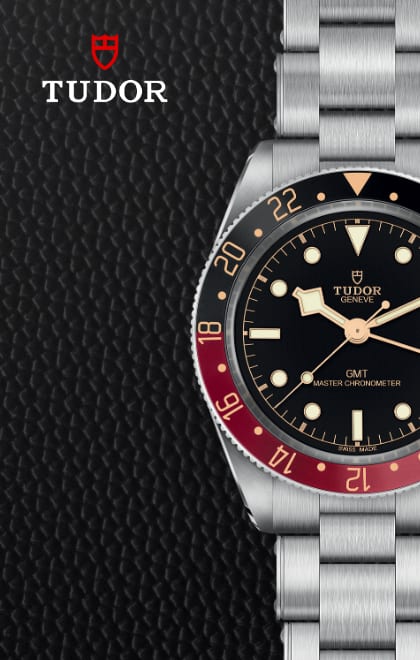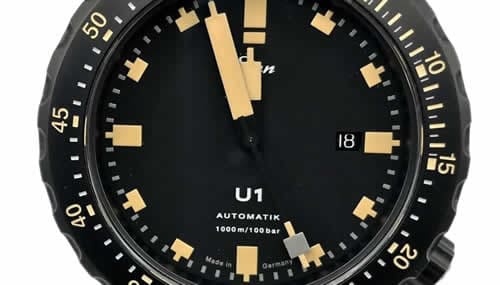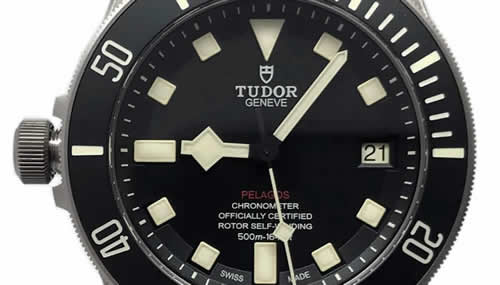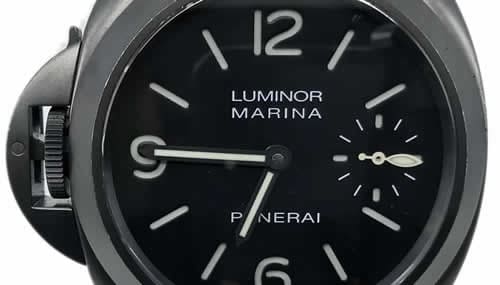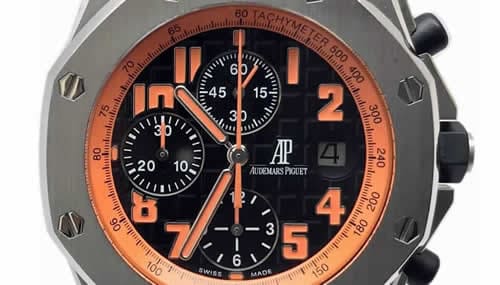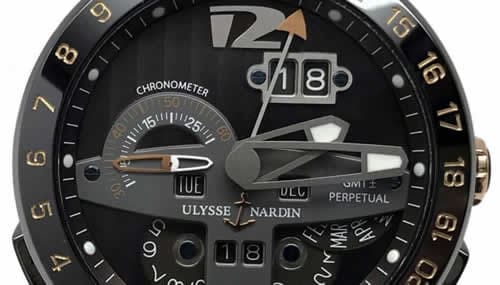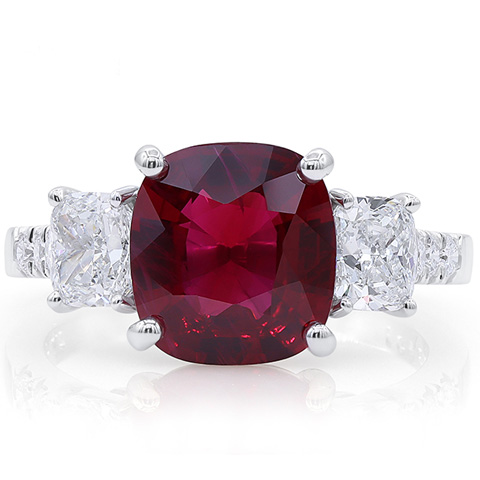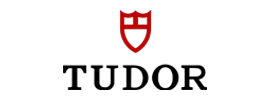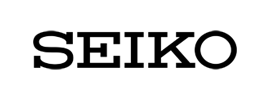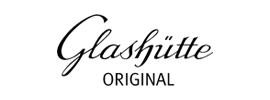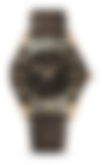Feeling the Squeeze: How Tight Should Your Watch Band Be?
We’ve all been there. You slip your watch off and find, much to your chagrin, a bright red mark in its place from where it had been putting your wrist in a chokehold.
Ouch! Or you try to adjust your watch and soon find what once fit snugly a moment before is now so loose it feels like you tried to drape a necklace over your wrist.
You shift your watch up and down your arm, closer to your elbow or the base of your hand, but it slides back and forth as you move.
It’s hard to get a perfect fit on your watch, if we’re being honest. The pinholes in most leather straps often seem to straddle the perfect length so that you flip between them as you go about your day.
Varying levels of exercise and activity can all seem to be major roadblocks to finding that spot-on size. So, how do you get there, and what really is the perfect fit?
Measuring the Perfect Fit
For just about any watch, it is possible to find a perfectly comfortable fit if you have just the right strap length and style. There’s a very simple general guideline that many people follow to check the fit of their watch band: simply slipping one finger under the band.
If you’re able to slide your index finger under the band without being able to move it much side-to-side, then you probably have an excellent fit for your watch that will keep it snug without being too tight.
This method of measuring accounts for the stretch in the band so that if your wrist expands with physical effort, it won’t be too tight, but otherwise, it’ll still hold to your wrist snugly. The one-finger technique works regardless of where you like your watch to sit on your arm and how you like to wear it.
If you prefer a tighter fit, try using your pinky! There are many ways you can adapt this to be sure you have just the right strap size to keep your watch comfortable.
Many Shades of Perfect
While the index finger test may be the generally accepted definition of “perfect,” many people wear their watch in a different way, and you might even wear each watch differently if you have multiple! It’s really up to you to be able to pick the size and fit of the watch that’s just right for that watch on that day.
Here’s your fun fact of the day: your wristbone is called the ulna, which is actually a long bone running through your forearm and is also a fun word to say if you’re not in a place where you would get a lot of weird looks for doing so.
Personally, I like to have my watch sit right behind the ulna, right about where most would consider to be a standard position for a wristwatch.
That said, some people prefer to have it sit between the wristbone and the base of the hand, and others could shift their watch higher up the arm towards the elbow.
There is no right or wrong way to wear your watch. Yes, even for you people who wear your watch upside down. Not that I have any idea why on earth you would even choose to… sorry, I got a little carried away.
In all seriousness, though, you can wear your watch however you want, so finding the perfect fit for your watch is a deeply personal thing and should be part of the way you interact with your watch. A beautiful timepiece does not exist in isolation.
It belongs on the wrist, and the way in which it is situated on your wrist—its rotation, height, width, and position on your arm—all play a role in how you see and admire it. It’s like a frame for a painting, which can either complete the work or seriously degrade from it. Never overlook the frame, friends.
You’ll also want to think about the type of watch you’re wearing and the type of strap it’s on. If you’re the type of athlete who sports a Richard Mille for training and competition (hi Rafa), you’ll need to think about how much your wrist is expanding as you exercise versus after your cooldown.
That said, the rubber strap that athletic watches like this usually come on is great for stretching to follow the slight expansion and contraction of your wrist throughout the day.
Like rubber, leather will also be able to stretch enough to follow the fluctuations in size your wrist experiences throughout the day, so with both of these, you’ll be okay with a tighter fit.
It’s with metal bracelets that things get a little tricky, because a gently snug fit at one moment could become unbearably tight at another.
If you’re worried about having a watch that fits perfectly at all times, you’ll definitely want to target bracelets with accessible micro-adjust, so that you can easily bounce back and forth between different sizes based on your activity level throughout the day.
Other options include Rolex’s Easylink system, which lets you effortlessly pop an extra 5mm onto the length of your strap to keep it just right at all times.
The Perfect Watch Strap
For a perfect fit, you’ll need two key elements: the watch and the strap. (I know, shocker.) But actually, both the shape and construction of the watch and the make of the strap play a much bigger role in getting a watch to fit well than most people would think.
Since we can’t exactly go in and give your favorite watch a new set of lugs to make it fit your wrist more ergonomically, we’ll have to target finding just the right strap to get you just the right wearing experience.
Like I mentioned earlier, the material of your strap can play a huge role in how it fits your wrist. Some materials, like rubber, are stretchier but are ill-suited to dressy situations.
Explore the
Biggest Pre-Owned Collection of Luxury Watches
Leather, of course, is a classic, but be careful about exercising with it and especially swimming with it as it doesn’t handle perspiration or water very well.
You’re not going to be able to change much about an integrated metal bracelet for your watch, so do try to choose your watch wisely when you’re thinking about buying one and keep features like micro-adjust in mind!
Finally, if you’re the type of person who struggles to find a just-right fit for your watch on leather or rubber straps with pinholes, consider opting for a bespoke strap. It’s definitely costlier, but a well-made bespoke strap will fit your wrist perfectly and will last for generations.
For many exquisite watches, and especially vintage, I find that the only way to really do them justice is with a strap that is custom-made to suit it.
If you’re not sure where to start, take a look at Jean Rousseau of Paris—I’ve seen a bit of their work, and the level of artisanal craftsmanship they put into each strap they make is truly incredible.
Conclusion
Finding the perfect fit for your watch is an absolute necessity. I’ve heard of many people who bought their grail watch and then, reluctantly, had to return it due to its uncomfortable fit.
Whether you’re struggling with the way your watch feels on your wrist or wondering how one piece can be so much more comfortable than another, rest assured that there are clear guidelines, and there are solutions. Don’t let a bad strap get the best of you!
About Exquisite Timepieces
Established in 1998, Exquisite Timepieces is your one-stop shop for all things luxury watches! We are an authorized dealer for 60+ luxury watch brands including Omega, Hublot, Seiko, & Longines! We are proud to showcase one of the world’s largest pre-owned watch collections, including renowned brands like Rolex and Patek Philippe. Check out our brand new watch arrivals here and popular pre-owned listings here.


